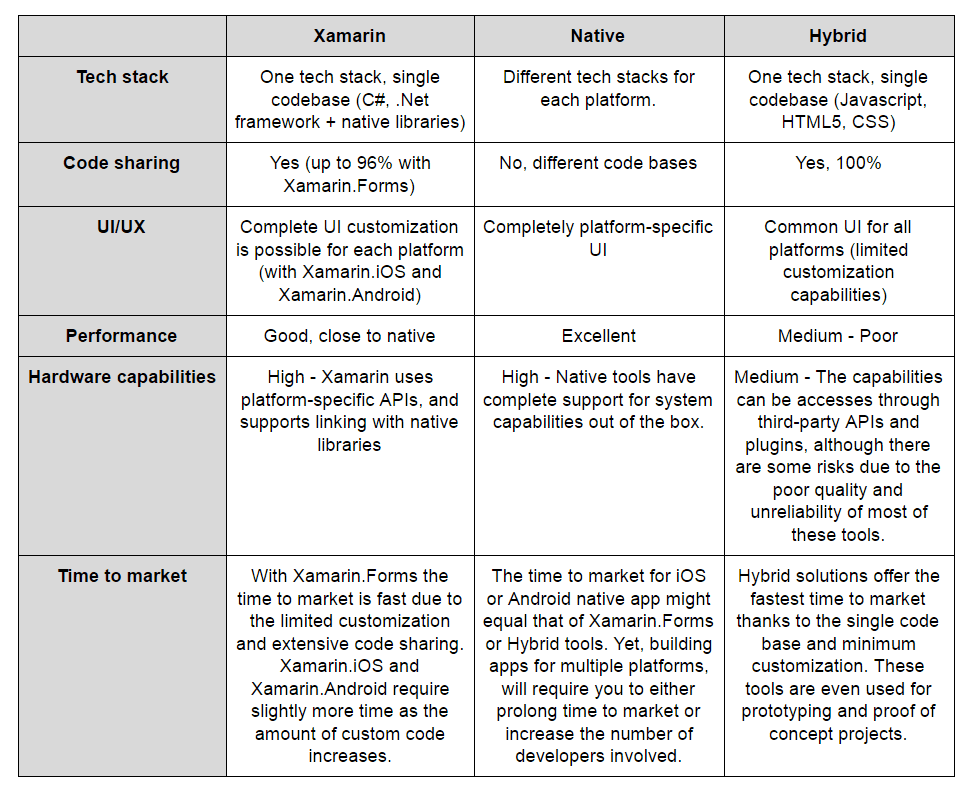

- #RUN XAMARIN MAC APP COMMAND LINE HOW TO#
- #RUN XAMARIN MAC APP COMMAND LINE FOR MAC#
- #RUN XAMARIN MAC APP COMMAND LINE CODE#
- #RUN XAMARIN MAC APP COMMAND LINE SERIES#
This is why we focused on two commands that are used in the Xamarin steps: msbuild and nuget.
#RUN XAMARIN MAC APP COMMAND LINE FOR MAC#
We wanted to avoid having to install the whole Visual Studio for Mac from the UI. Our strategy will be to start from an Xcode stack and install all the tooling for building a Xamarin project.

The Visual Studio for Mac Stack is based on an Xcode stack with Visual Studio for Mac and other related tooling installed.
#RUN XAMARIN MAC APP COMMAND LINE CODE#
Therefore, they can still be used by importing the source code directly in the bitrise.yml file (read the details here). The source code of the Xamarin steps will be available after the deprecation. Ideally, the migration from the Visual Studio for Mac Stack should be easy and straightforward. Please note that this method is not guaranteed to work for all Xamarin projects and Bitrise will not officially support these projects anymore, but it might help Xamarin users until the official MAUI release. “srcfolder”, which happens to be the content of our DMG – this is our symbolic link and our application.After the deprecation of the Visual Studio for Mac stack and the Xamarin Steps on Bitrise, there is a way to keep building Xamarin projects on Bitrise. “fs”, is the type of volume to use – in our case, it is imperative to keep “HFS” which is specific to MacOSģ.

“volname”, which names the volume once the DMG is opened – this is where we insert the name of the appĢ. The first argument makes it possible to specify the export path of a new DMG file, then we give 3 other arguments:ġ. Thanks to the “hdiutil” utility we will create the DMG. It’s at line 41 that everything is played out. Next, we copy the application that has just been compiled directly into the temporary folder (see line 38 of the code). We’re lucky the default folder for applications on MacOS is the same for everyone: “/Applications.” Therefore, it is enough to create a symbolic link to this path – that’s what line 35 of the code above does. What we want to do here is to allow the user to place the application directly in the application folder of the target computer.
#RUN XAMARIN MAC APP COMMAND LINE HOW TO#
As this is often the case, let’s see how to generate this famous DMG (the equivalent of ISO file for Windows – more details here).Īny MacOS machine can create using the pre-installed tools of DMG files: Note that PKG and DMG are only required if you don’t want to go through the Mac AppStore. Here’s an example:īut this kind of installation is cumbersome and useful only when independent tasks (file creation, file copy, etc.) are required to install or uninstall the software, and this is not always the case for smaller applications. Now that we’ve compiled our Xamarin.Mac app and it’s correctly signed we need to be able to easily install our application on customer machines.īy default, Visual Studio for Mac is able to generate an installation package as per those for large applications such as Oracle’s Office Pack or Virtual Box. Create a DMG for a Simplified Installation
#RUN XAMARIN MAC APP COMMAND LINE SERIES#
As in the previous article in this series on iOS, we need to add the “p12” file and the “provisionprofile” to the secure file library.įor this part, follow the “Signature of the application” procedure below:įrom here you should be able to compile and sign your application directly from Azure DevOps.

Once the changes are made, try compiling the Xamarin.Mac app locally – everything should work smoothly on your machine.īut be aware: there are still a few things to do on the Azure DevOps side. Once done, be sure to restart Visual Studio which sometimes struggles with the installation of new certificates. If the identity or provisioning profile is not selectable in this window, you must install it on your system. Check the first Sign the application bundle box to access the rest.


 0 kommentar(er)
0 kommentar(er)
